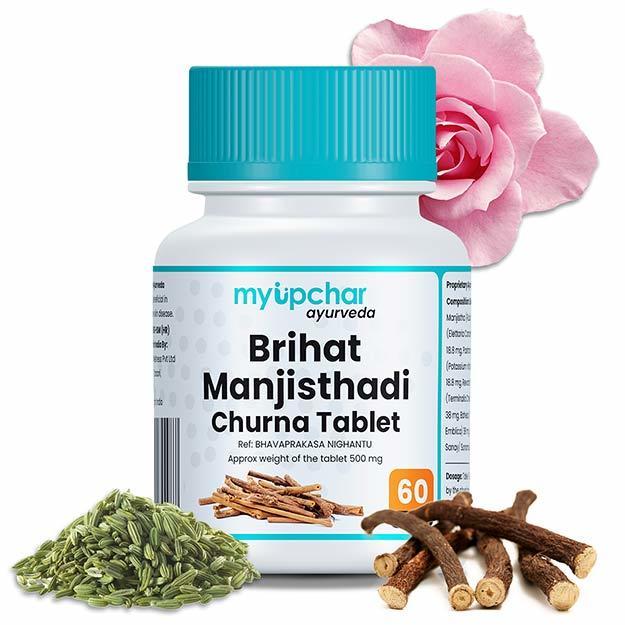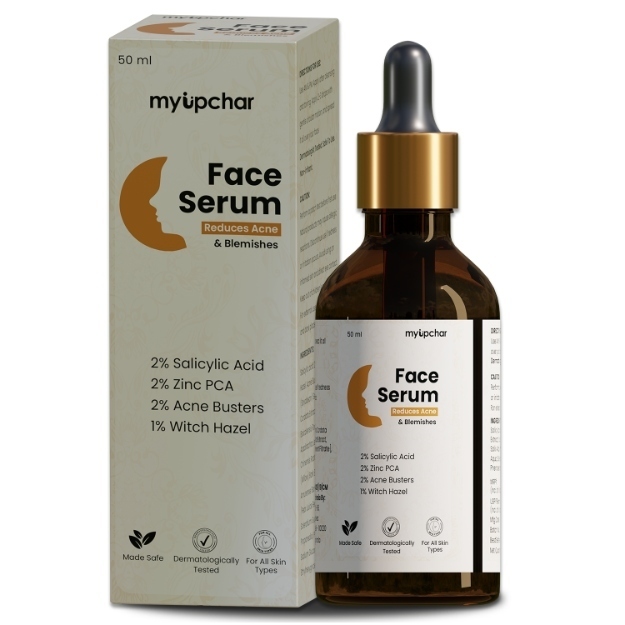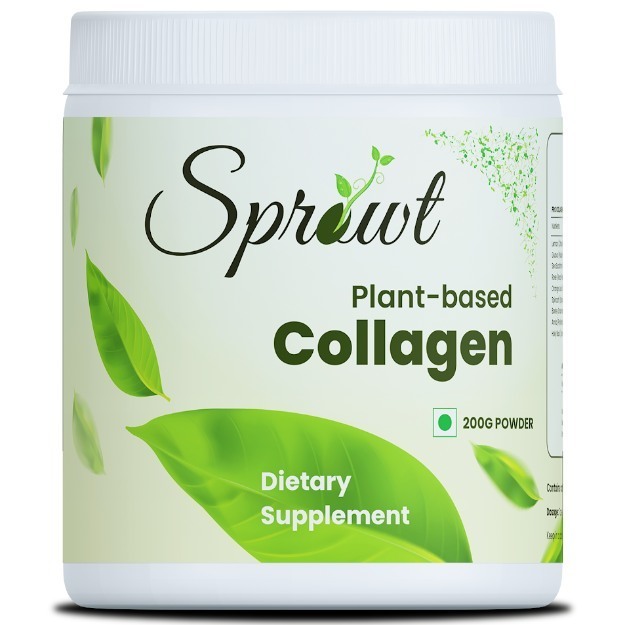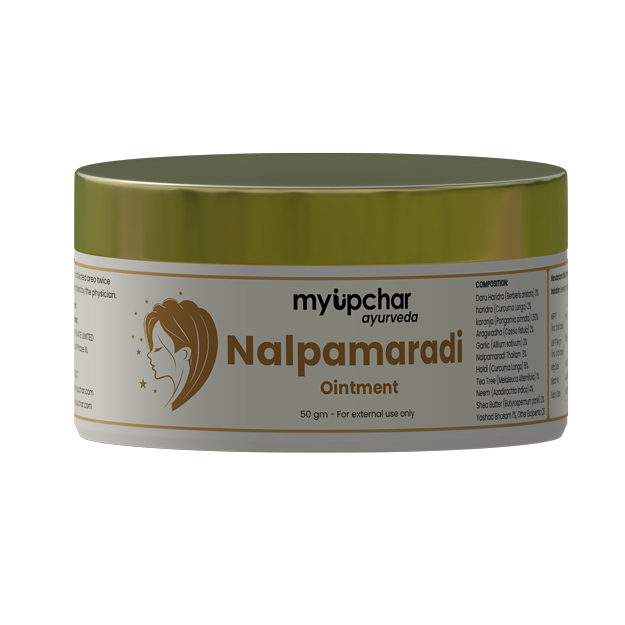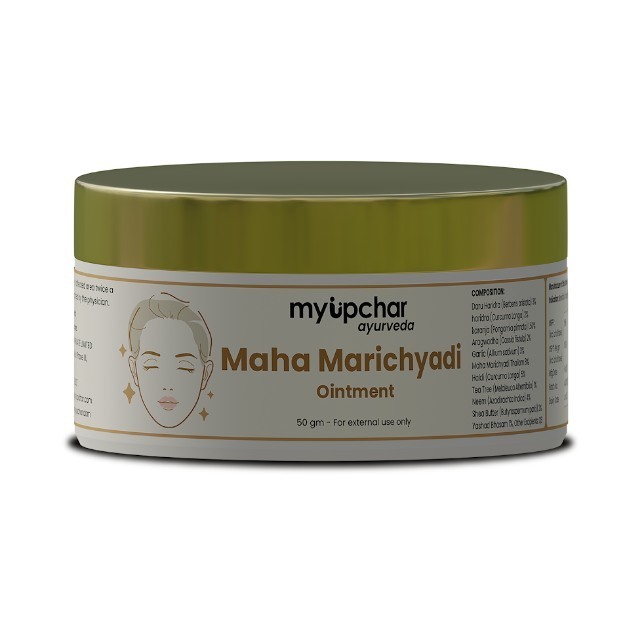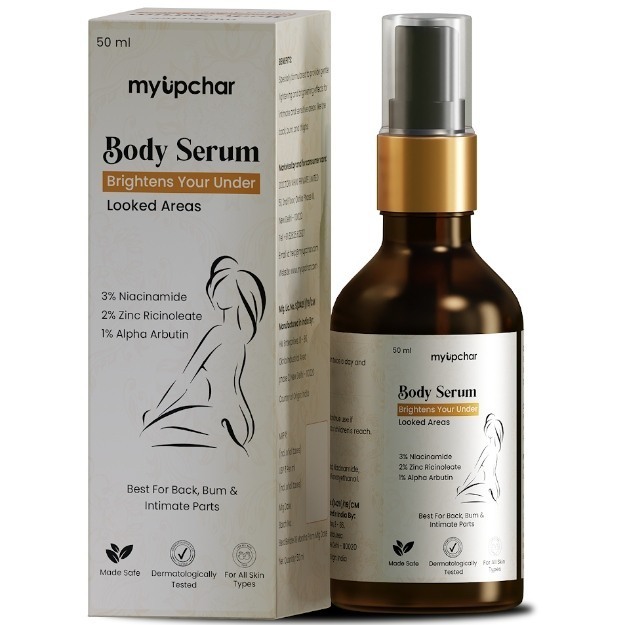The basic objective of Ayurveda is to identify the root causes of various issues and address them from its source. Ayurveda offers a long term solution for people who are suffering from skin issues.
The doctors at myUpchar conducted extensive research on skin diseases, resulting in the development of 100% myUpchar Ayurveda Nimbadi Churna Tablets.
In Ayurveda, Nimba, also known as Neem, is primarily mentioned for helping with skin diseases. In addition to neem, myUpchar Ayurveda Nimbadi Churna Tablets contain 20 other herbs. These herbs are organically grown, and to maintain their purity, they are extracted from the fields manually instead of using machines. Additionally, traditional Ayurvedic methods are employed to prepare product by extracting the essence of these herbs. This whole process takes both patience and effort. Moreover, this Ayurvedic product, formulated using ancient scientific techniques, has demonstrated no side effects in any medical research.
The 100% Ayurvedic myUpchar Ayurveda Nimbadi Churna Tablets are unique. Unlike other products that use powdered herbs, these tablets are made from herbal extracts, ensuring that the properties of all the herbs are contained in a small capsule. Furthermore, despite containing neem, this product does not have an astringent taste. Skin issues can be effectively addressed by using this product.
Content : Nimba, Guduchi, Haritaki, Amla, Bakuchi, Sunthi, Vidanga, Cakramarda, Pippali, Ajwain, Vacha, Shweta jeera, Katuki, Khadira, Saindhav lavan, Yava, Haridra, Daruharidra, Musta, Devdaru, Kustha

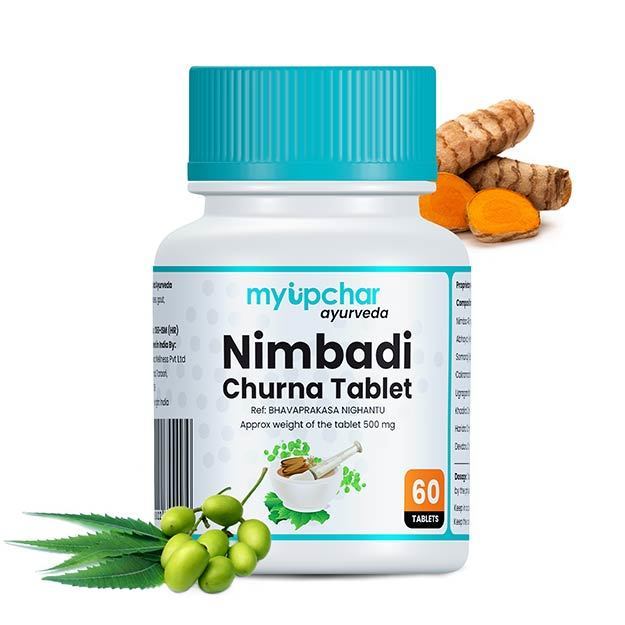
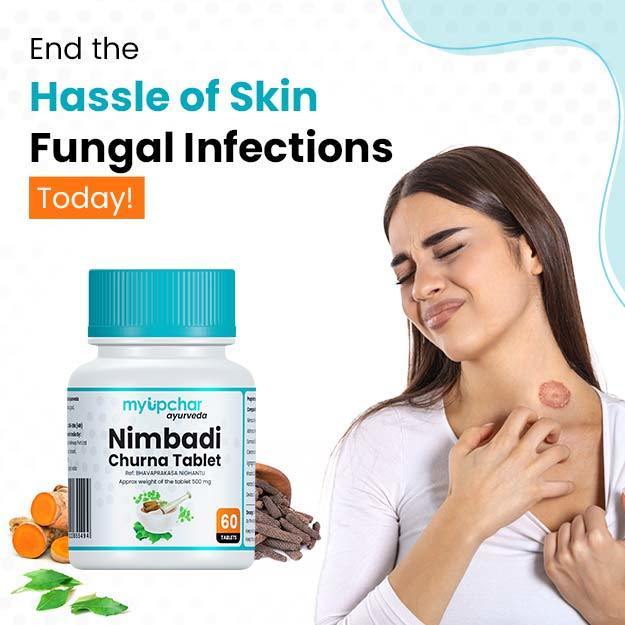
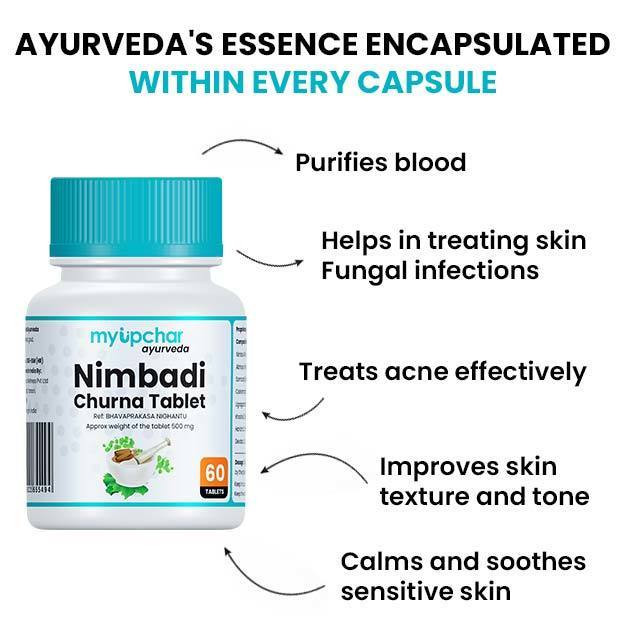
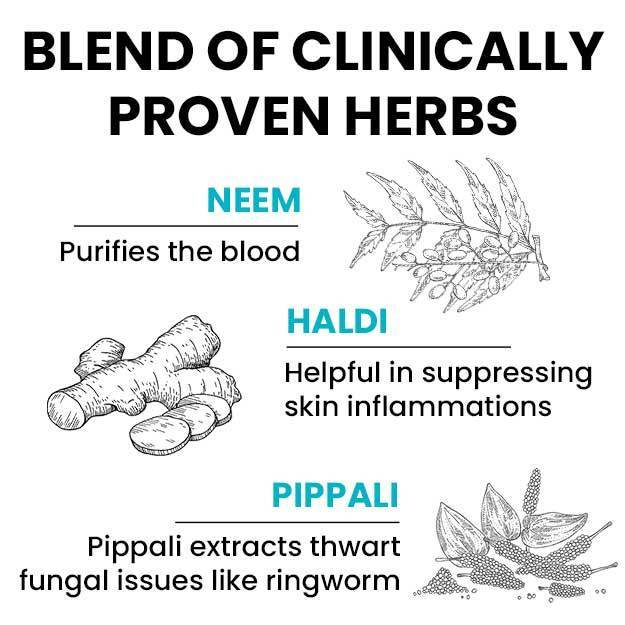
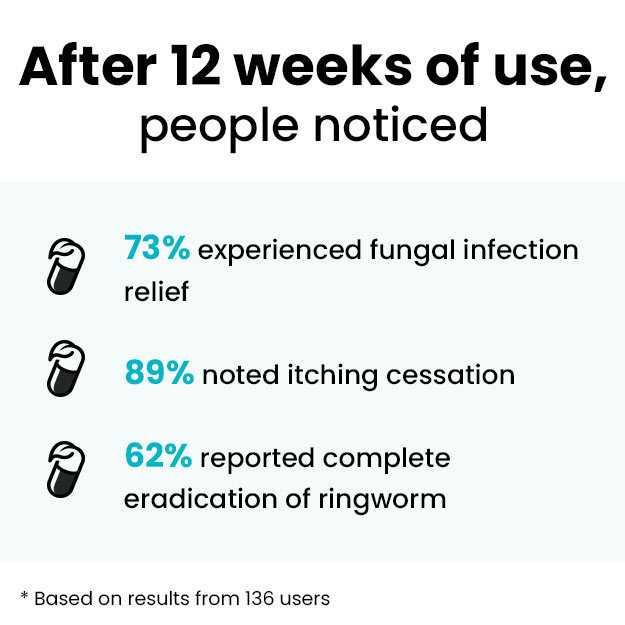
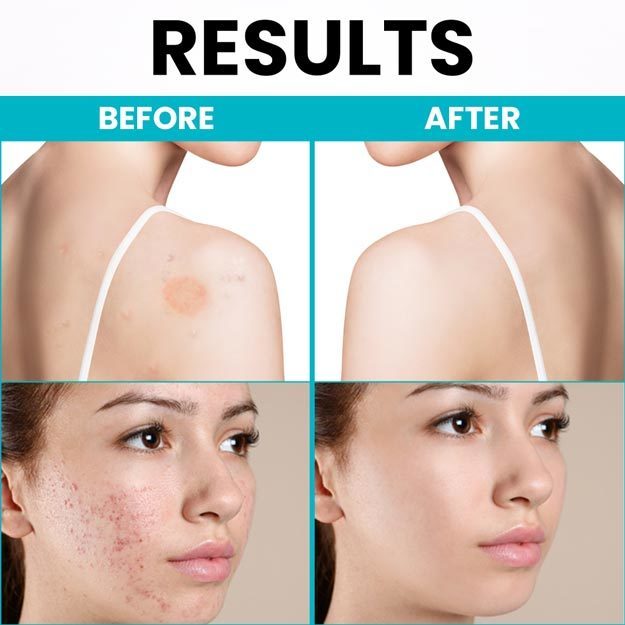
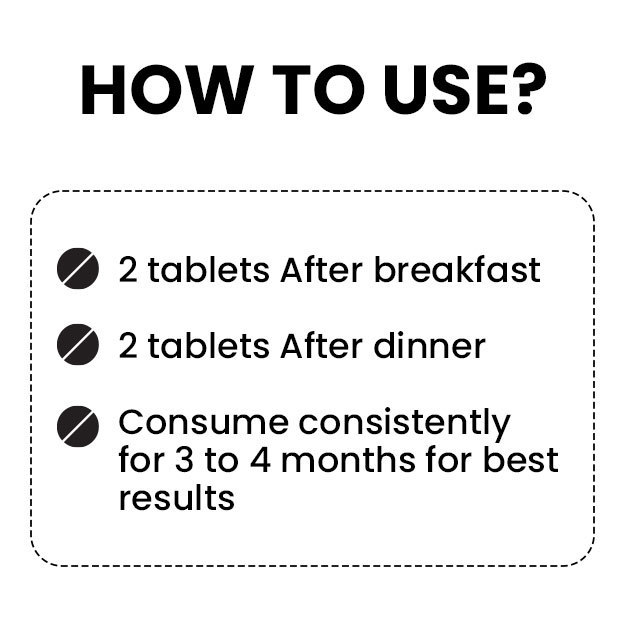
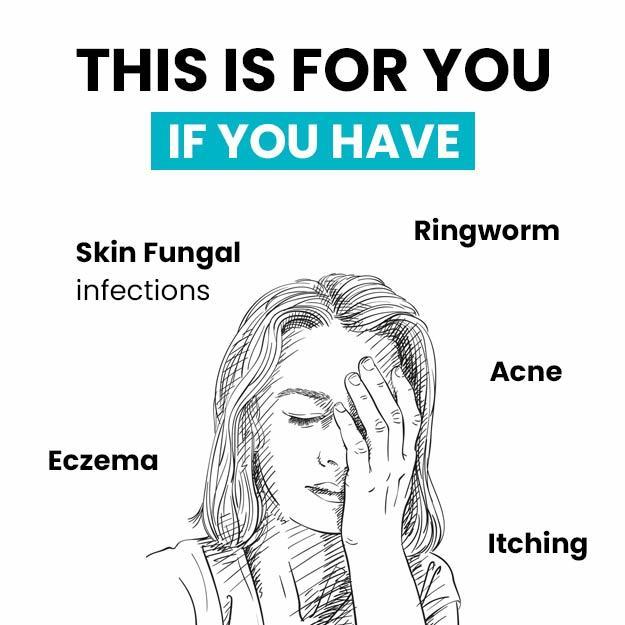
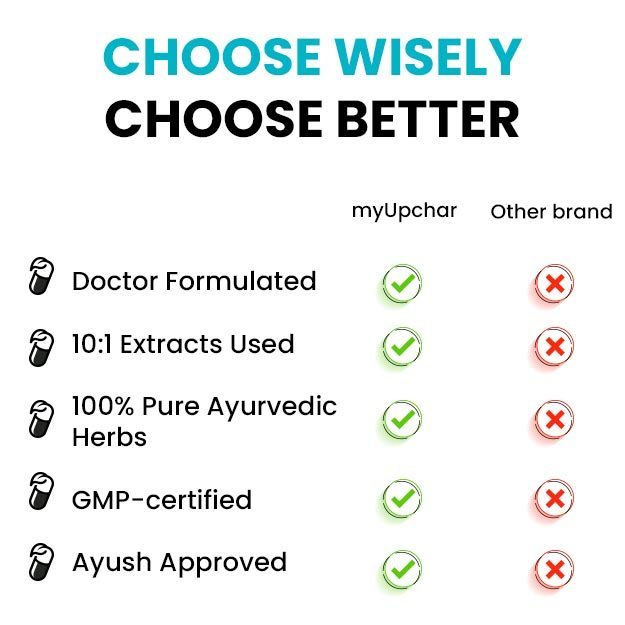
 Free shipping all over India
Free shipping all over India

